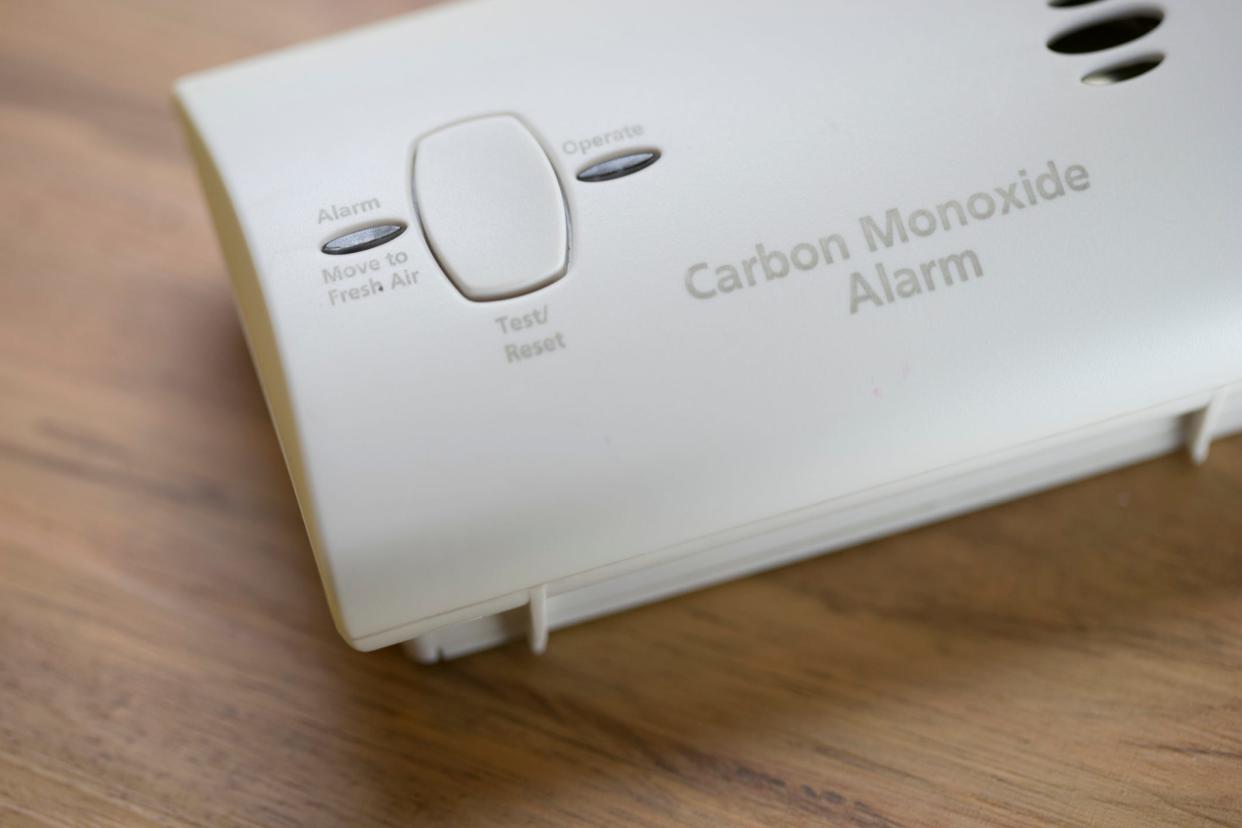Crandon Elementary School will remain closed until April 2 following carbon monoxide leak

CRANDON – Crandon Elementary School won't open again until April 2, following a carbon monoxide poisoning incident Friday that led to 39 students, staff and EMS workers receiving medical attention.
Authorities identified the source of the carbon monoxide leak, which resulted from a "mechanical issue with the furnace," according to Kirby Schultz, interim administrator at Crandon School District. Symptoms Friday included lightheadedness, slurred speech, shortness of breath and an accelerated pulse.
During Crandon Elementary School's closure, which includes its scheduled spring break week, the school has hired an additional company, Wisconsin Mechanical, out of central Wisconsin, to assist with the "inspection, cleaning and maintenance" of all HVAC components in the building, according to Schultz's most recent statement posted Saturday.
"Due to the in-depth nature of this cleaning, we want to ensure that sufficient time is provided, which will start as soon as we are given clearance and continue through spring break," Schultz said.
State law doesn't require carbon monoxide detectors in schools, even though they're required on every floor of a Wisconsin home. Each year, about 500 Wisconsinites go to the emergency room for carbon monoxide exposure and 400 people in the United States die per year from carbon monoxide poisoning.
Neither Schultz nor anyone else from Crandon School District has responded to USA TODAY NETWORK-Wisconsin's multiple inquiries into whether it had up-to-date carbon monoxide detectors in its schools at the time of the incident or if it plans to install detectors in the aftermath of the incident.
Carbon monoxide is a colorless, odorless, tasteless gas that results from the incomplete burning of various fuels and can cause significant health issues, including death, when inhaled in high concentrations for long periods of time. Not even police dogs deployed from the Forest County Sheriff's Office Friday could locate the source of the leak due to its odorless nature.
According to Wisconsin Department of Health Services, carbon monoxide can build up from burning any fuel type in common household appliances, including idling cars in a closed garage; water heaters or clothes dryers; furnaces, boilers, wood stoves, fireplaces, or space heaters; ranges/stoves, cooktops, or wall ovens; and portable generators.
In recent years, schools across the state have reached dangerous carbon monoxide levels. In the Cambridge Commons dorm room at University of Wisconsin-Milwaukee, 17 students were hospitalized due to a faulty boiler in February 2022.
Reporting revealed the university doesn't require carbon monoxide detectors in its living quarters. In light of the carbon monoxide exposure that led to 400 students evacuating their dorm, the university chose to install detectors in all their dorms in the days following the incident.
Rep. Lee Snodgrass, D-Appleton, noted in a Facebook post that the story at Crandon Elementary School has resurfaced a push by Appleton resident Ashley Wilson to make carbon monoxide detectors a requirement at all Wisconsin schools. Snodgrass wrote that there "may be a path forward after November" following election results and a new budget.
Natalie Eilbert covers mental health issues for USA TODAY NETWORK-Wisconsin. She welcomes story tips and feedback. You can reach her at neilbert@gannett.com or view her Twitter profile at @natalie_eilbert. If you or someone you know is dealing with suicidal thoughts, call the National Suicide Prevention Lifeline at 988 or text "Hopeline" to the National Crisis Text Line at 741-741.
This article originally appeared on Green Bay Press-Gazette: Crandon Elementary School carbon monoxide leak closes school until April

